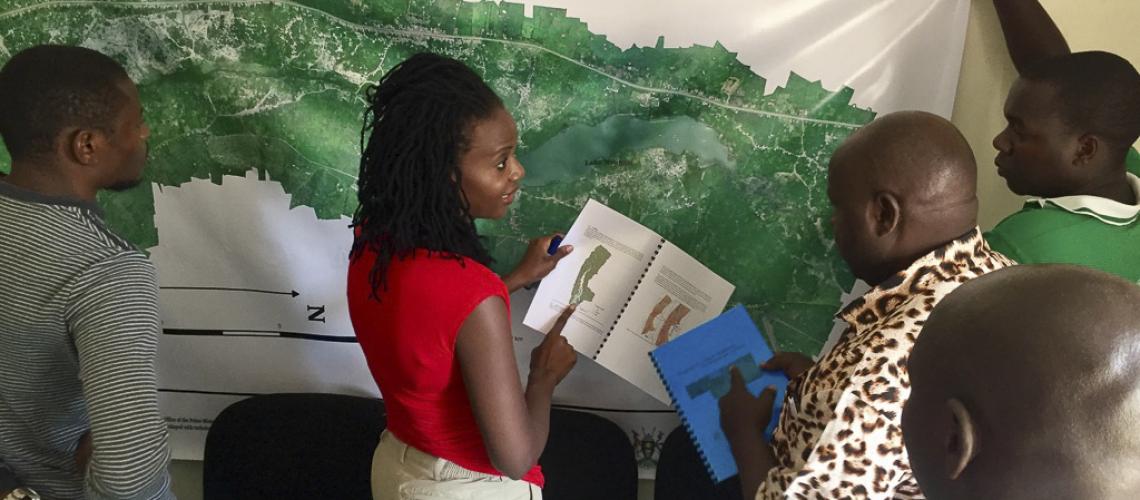
Geographic locations and Information about these locations shows us where social environmental and economic conditions occur, where people at risk from natural disasters are located, how many people need assistance following a conflict and do not have access to good health care, education, freshwater or public transports.
Over the last two decades Geo-spatial Information Technology (GIT) has rapidly developed and is now being also called an “enabling technology” due to the benefit it offers across different application domains. GIT can help us to analyse and to better understand why and where things have happened in the past and it can also show us why and where they might happen in the future allowing us to make informed decision and better use of our resources.
To meet this challenge, UNOSAT is offering an introductory course in the use of Geo-Spatial Information Technology applications relevant to different application domains such as land-use, urban planning, forestry, environmental monitoring, hazard mapping and disaster risk reduction. The course is designed to accommodate selected participants from line ministries of the Royal Government of Bhutan with variety of backgrounds and professional experiences, with no previous GIS experience.
Learning Objectives:
- Recall basic concepts and terminology related to Geospatial Information Technology (GIT)
- Identify, search, collect, organize geospatial data/information
- Apply basic methods and functionalities of GIS software (ArcGIS) to manage and analyse spatial data
- Perform geospatial disaster risk analysis
- Apply multi-criteria decision making techniques for hazard sensitive landuse zonation
- Undertake the process to create desktop maps for supporting smart actions

